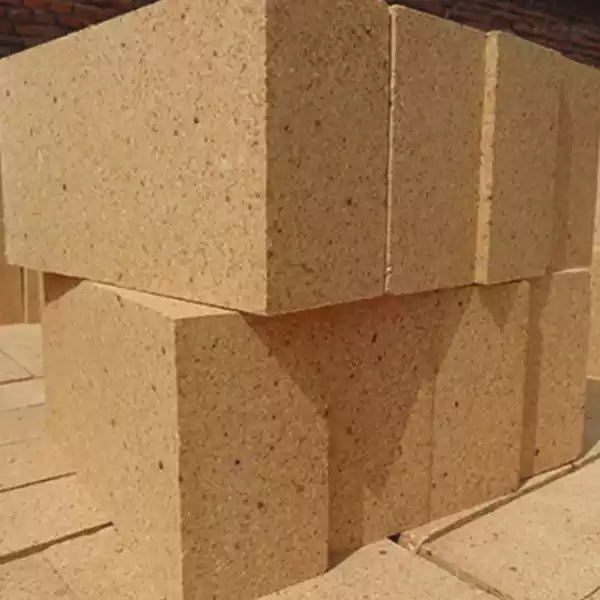Was ist der Tonziegel mit geringer Porosität??
Low porosity clay brick is a kind of feuerfestes Material, which is characterized by low porosity, that is the number of pores inside the brick body is relatively small.
Low porosity clay brick introduction
Lehmziegel mit Poren von weniger als 18% sind Tonziegel mit geringer Porosität. The types of low-porosity clay bricks have 16%, 12%, 15%, Und 10% Porosität. Je geringer die Porosität, the higher the price. Low porosity clay bricks are mainly made of clay and sintered at high temperatures.
Merkmale von Tonziegeln mit geringer Porosität

Low porosity clay brick has high strength, high refractoriness, strong compactness, geringe Porosität, und gute Thermoschockstabilität. Low-porosity bricks are resistant to rapid cooling and heat, and are also resistant to erosion, especially acidic erosion. Because low-porosity clay bricks are resistant to spalling, they are often used in glass kiln regenerators.
Production technology of low porosity clay bricks

Low-porosity clay bricks are based on traditional clay brick technology, adding burnt gems, sintered clay, and other raw materials to the raw materials, mixing them into a reasonable ratio, and then forming them under high pressure and sintering at high temperatures.
Jedoch, the firing temperature is about 30°C higher than that of clay bricks. The low porosity of low-porosity clay bricks mainly depends on burnt stones to adjust the pores. After adding burnt rocks, the low-porosity clay bricks are dense, stark, and erosion-resistant several times that of ordinary clay bricks.
The difference in porosity between clay bricks and low porosity clay bricks
The porosity of clay bricks is generally 24-26%, while low-porosity clay bricks are mainly used between 12-16%, and a porosity of 10% is also available. Low-porosity clay bricks with a porosity of 10% are used for the most important parts.
 Rongsheng Refractories Factory
Rongsheng Refractories Factory
WeChat
Scannen Sie den QR-Code mit wechat